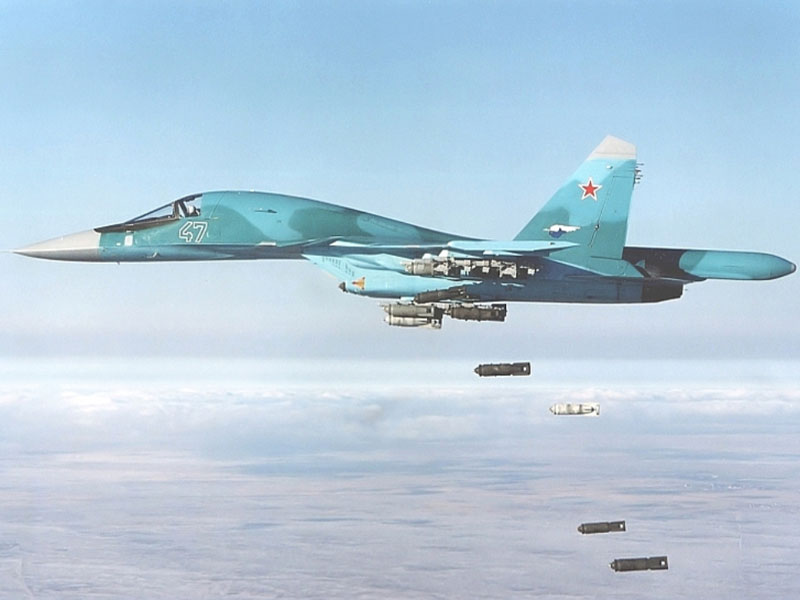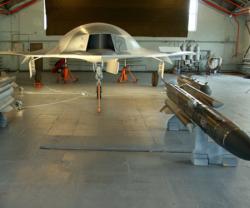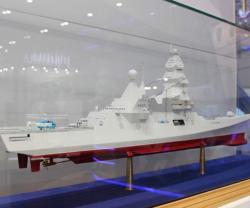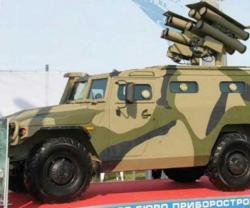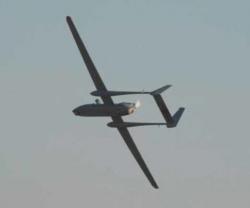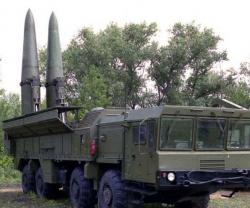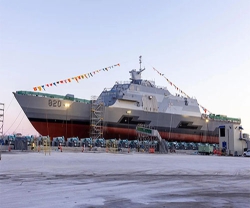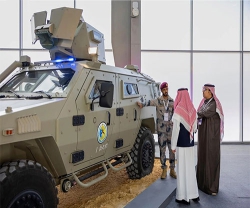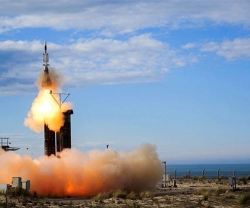The Kremlin has cautioned against information describing Russia’s Armed Forces operating in Syria because there is much distorted and false information circulating, Kremlin spokesman Dmitry Peskov told journalists Thursday.
“It’s necessary to be very careful in regard to all statements, there is much distorted information and a lot of false information, so right now a mechanism of information coordination needs to be found. Don’t become a victim of perverse information.”
“The Russian side is financing the operations,” Peskov said in response to who is financing the Russian military operations in Syria.
Terrorist and extremist organizations that are under Russian airstrikes in Syria are defined and coordinated with the Syrian Defense Ministry, Dmitry Peskov said.
“These organizations are known and of course these targets are defined in coordination with the Armed Forces of Syria,” Peskov told journalists.
On Wednesday, the Russian Parliament backed President Vladimir Putin’s request to conduct airstrikes against the Islamic State at the request of the Syrian government. The Russian Defense Ministry has confirmed that it has carried out some 20 combat missions in Syria, striking at least eight Islamic State targets.
However, many countries at the United Nations (UN), including Saudi Arabia, have expressed concerns regarding Russian strikes on Syria.
Speaking at the UN General Assembly on Thursday, Saudi Arabia’s Permanent Representative to the UN Abdullah Al-Mouallimi said that: “Countries that recently arrived in Syria can’t claim to fight ISIS while supporting the brutal regime of Bashar al-Assad and his terrorist allies from foreign groups like Hezbollah among others.”
A spokesman for Russia’s Foreign Ministry on Wednesday told reporters on the sidelines of a U.N. gathering of world leaders that Russia is acting “absolutely, legitimately” according to international law.
She added: “Honestly I don’t understand the difference between the French air bombings and Russia’s. There’s only one difference, we’re acting according to a request from Damascus.”
Russian President Vladimir Putin said: “The only correct way to fight international terrorism.... is to act preemptively, to battle and destroy fighters and terrorists on the territories they have already seized, not to wait for them to come to us,” Putin said in televised comments. (Sputnik, The Associated Press)
Photo: In addition to the Sukhoi Su-34 Fullback, Russia is also operating Su-24s and Su-30SMs in Syrian airspace.
Equipped with short-range R-73 dogfighting missiles, the Su-34 (photo) also features long-range R-77 air-to-air radar-guided projectiles. In addition, the fighter carries a wide range of air-to-ground missiles. Including the Kh-59ME, Kh-31A, Kh-31P, Kh-29T, Kh-29L, and the S-25LD, these weapons can hit both ground and maritime targets.
The Su-34 also features the Leninets B-004 array radar. Optimized for air-to-ground operations, the system allows for targeting from over 60 miles away.
Capable of staying aloft for hours, the Su-34 is outfitted for aerial refueling. This gives the aircraft a combat radius of roughly 700 miles.
It’s a fairly large aircraft, with side-by-side seating for the pilots and a 17,600-pound payload. That much weight requires some pretty hefty horsepower to stay airborne, and the Su-34 uses a pair of 27,500-lb. Saturn AL-31F turbofans.

